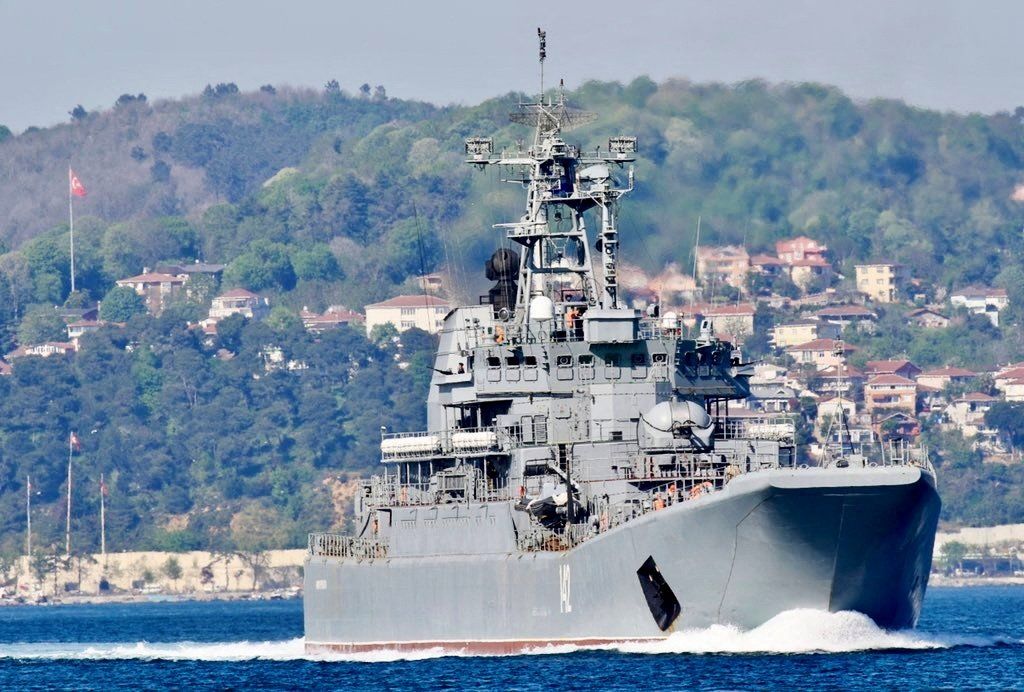Late Tuesday, the Pentagon warned that a satellite launched on May 17 from a site north of Moscow is “likely a counter space weapon,” one that could attack other satellites. The Defense Department spokesman also warned that Russia’s satellite is now in the same low-Earth orbit as a US government satellite. Just after the launch, Russia's state space agency noted this move was “in the interests of the defense ministry of the Russian Federation.”
There’s no indication Russia will open a much larger conflict with NATO by pushing Baltic Sea boundaries as China has done in the South China Sea or that Russia will shoot down an American satellite. There’s nothing new about Russian muscle-flexing. But Western governments and intelligence agencies can’t afford to ignore these threats either. As defense experts often warn, once the capabilities are created, the willingness to use them may one day follow.
